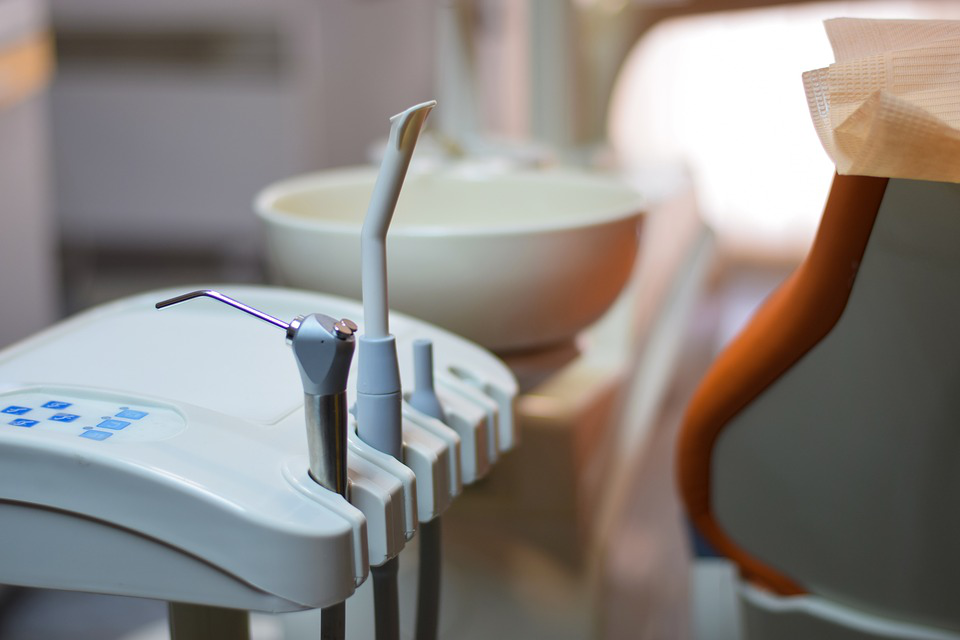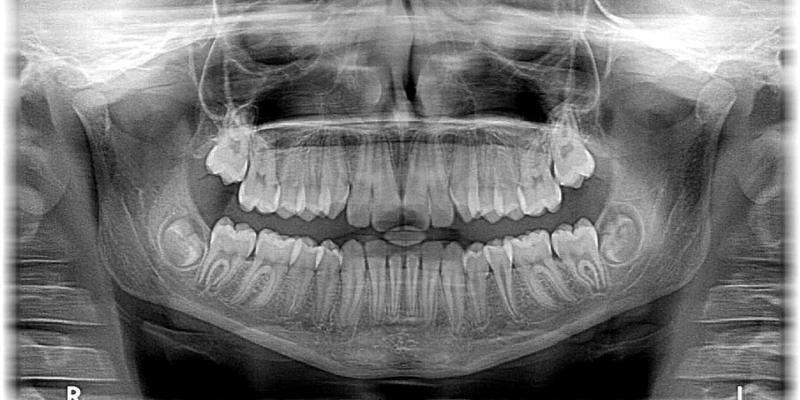A root canal is a procedure that aims to save as much of an infected or decayed tooth as possible. The procedure is quite common, yet, many patients have concerns about it.
What they don’t know is that with the help of modern dentistry practices, the procedure is pain-free, quick, and has an 86% success rate.
Today, we’ll be covering the entire root canal process at length for those who are scheduled to have one.
Stage 1: Diagnosing the infected area
The soft part of the tooth that houses nerve tissues is known as the pulp. A root canal is required when this part of the tooth is infected. Patients often complain of severe toothaches, which is a symptom of infected pulp.
Once all the usual suspects of toothaches have been ruled out, a dentist takes a closer look at the pulp. Digital imaging is required to correctly identify infected pulp, as well as x-rays. X-rays help a dentist identify if the surrounding bone has been infected as well.
Stage 2: Removing the infected pulp

A rubber dam is applied to the tooth to keep it dry during the procedure. In order to remove the infected pulp, a small opening is drilled into the tooth. Local anesthesia is applied to numb the area beforehand. In some cases, anesthesia isn’t required, since the nerves are dead.
However, it may still be given to calm a patient during the procedure. Surgical tools are used to remove the infected pulp. Medication is applied to the area just in case any infection is left behind.
Stage 3: A new root canal is placed
The chamber created after the infected pulp and debris have been removed is then filled with a new root filler. An adhesive is used to seal the area. This keeps saliva, moisture, and bacteria out of the new root.
In more extreme cases of infected pulp, a dentist needs to widen the opening to remove all the infected tissue and nerves. In that case, the remaining tooth needs to be secured with a rod. A temporary filling is placed over the hole that was drilled in the tooth.
Some dentists like to wait at least a week for any residual infection left behind.
Stage 4: Restoration
After a couple of weeks, once the tooth has healed from the procedure, you need to visit the dentist to remove the temporary filling. A crown is placed permanently to strengthen the tooth and prevent any further infection.
Visit our dental clinic for a painless NJ root canal. You’ll be in the care of our experienced dentists. We provide affordable dentistry procedures and specialize in cosmetic dentistry NJ and teeth whitening. Call (856) 829-8668 for more information.

